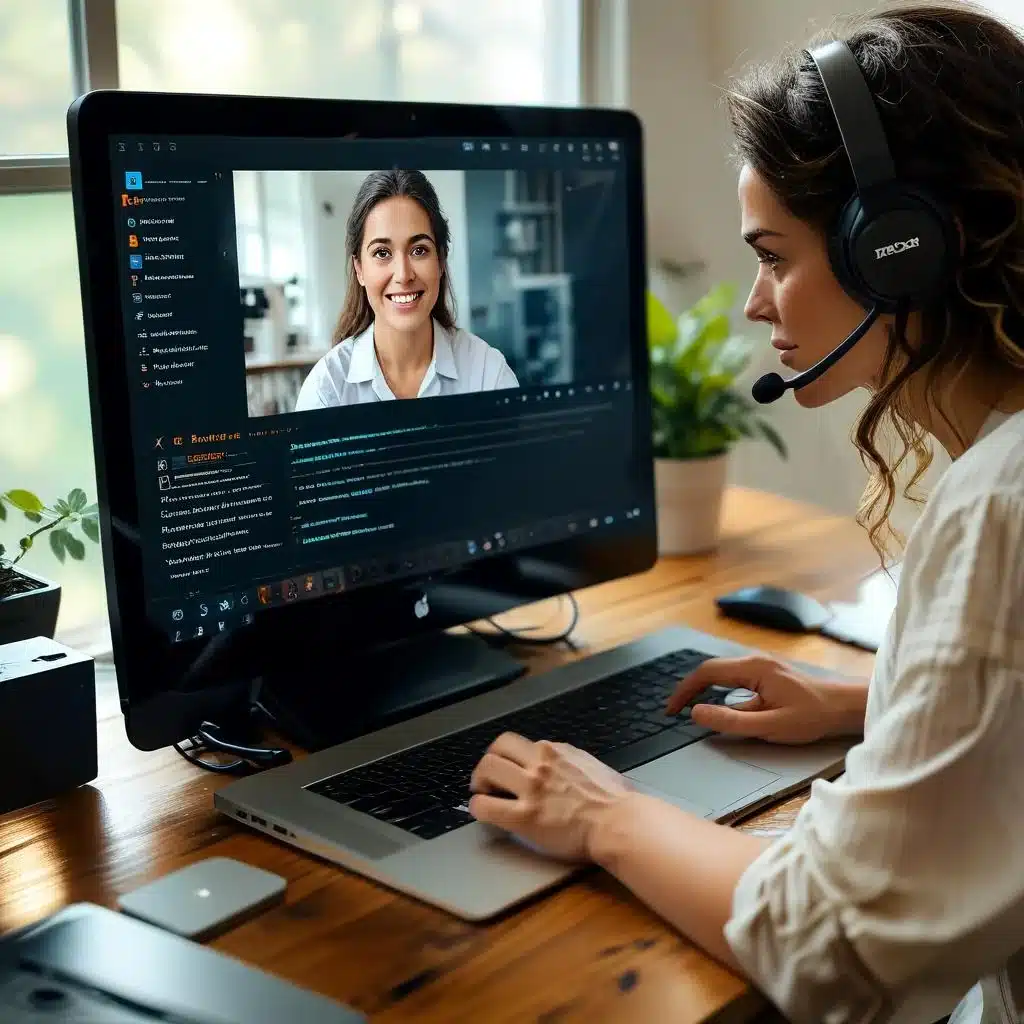Table of Contents
Are you a content creator on YouTube or thinking of becoming one? This guide is for you. Over the last decade, viewers have become more demanding with their video content expectations. With the rise of TikTok’s text-to-speech function, the need for closed captions and transcripts to improve content accessibility has never been higher.
If you’re thinking about starting your own YouTube channel, you will need to know how to create video transcripts for your content, as a good transcript goes a long way for your viewership and engagement. Below are some of the essential details you need to transcribe videos in the best possible way.
What is transcription?
Transcription is the process of converting speech into text. In the context of YouTube, this means converting the audio of the speaker into a textual format. Transcription isn’t a new subject, as people have been using it in many areas of work and life. Originally, transcripts were created to aid the hard of hearing or the hearing impaired. Alongside this, transcription was also widely used in meetings or research, where there needs to be a record of discourse and discussions for archival purposes. In popular media, transcription has aided the proliferation of films and movies across the world.
In the last couple of years, with the advent of AI and TikTok, transcription has found its use in a much wider audience. Nowadays, people want to access content on-the-go, in places where they’re not able to consume audio content. Transcripts, which will become captions or subtitles, can help them achieve this. It’s safe to say that when it comes to YouTube videos, audio transcription is becoming more and more relevant and essential.
Why do you need to transcribe YouTube videos?
Creating YouTube video transcripts is an essential process for modern content creators. Firstly, you need to make your content accessible to everyone at all times, especially when viewers prefer to watch content that caters to their convenience. This also takes into account people who are watching your content in a noisy environment or people whose devices don’t possess good audio quality.
YouTube transcripts also aid your videos’ searchability on search engines, especially Google. Google takes into account all data related to a YouTube video in order to create rich results for users. That means it will try to understand the content of audio and video files, especially through captions and transcripts. Having a video transcript for your YouTube content can increase your chances of being featured on the SERP and, subsequently, the reach of your brand.
Transcription also helps you repurpose your content in the most effective way. A video takes a good deal of time to produce, so why not make the most out of it by turning it into a blog post? This is especially relevant when YouTube videos are a part of your full marketing mix and you want to drive organic traffic to your website platform. If you’d like to create subtitles, translations, or even dubbings for your videos, transcripts are a good starting point.
As you can see, it’s essential to transcribe YouTube videos in this day and age of fast, bite-sized content. In the following part, we will discuss how you can transcribe a YouTube video in the most efficient way.
How to transcribe YouTube videos
Modern audio transcription can be performed by machines or human transcriptionists. Machine transcription can automatically transcribe your YouTube video to text thanks to speech recognition technology. This technology relies on different language models to discern words and perform speaker identification. On the other hand, human professionals can perform manual transcription, which is based on their familiarity with the spoken language.
Third-party transcription services such as Amberscript offer A-Z help to create your YouTube video transcript. Think of it as your personalized YouTube studio, where the solution is catered to your needs. For example, with Amberscript, you can import files of various formats and choose from machine-made or human-made transcription.
Afterward, a quality controller is automatically assigned to your content to make sure your transcripts are up to your standard. Then, you can export this transcript into your preferred word processor, such as Google Docs, Microsoft Word, or various file formats. Services such as Amberscript help you save time and effort, which you can put into doing what you do best – content creation.
A transcription service is generally a good choice to generate professional transcripts, especially when you have many videos to cover.
Additional tools for YouTube transcription
Amberscript also has tools available online that can help convert YouTube videos into text. These tools often serve as a YouTube transcript generator, allowing you to quickly and easily transcribe YouTube videos. Some tools might require you to input the YouTube video URL, and they will handle the rest. Additionally, features like sound effects can be accurately noted in the text, ensuring a complete transcription.
You can also use various text converters to turn your audio files into text files. These converters are straightforward and often allow you to simply paste the video URL or audio file link and let the tool generate the full transcript. Once the transcription is ready, you can download it as a text file or view the open transcript online. This makes it easy to add subtitles or show the transcript directly on your YouTube videos.
Get more viewers: Start transcribing YouTube videos today
Help your YouTube video content reach its full potential by creating quality transcripts for them. While having YouTube video transcripts is important, having the right tools to create them is perhaps just as crucial. From using a text converter to turning your video content into readable text to leveraging sound effects for a more detailed transcript, online transcription services can make the transcription process seamless and efficient. Start using a YouTube transcript generator today and see the difference it makes in your content’s reach and accessibility.


